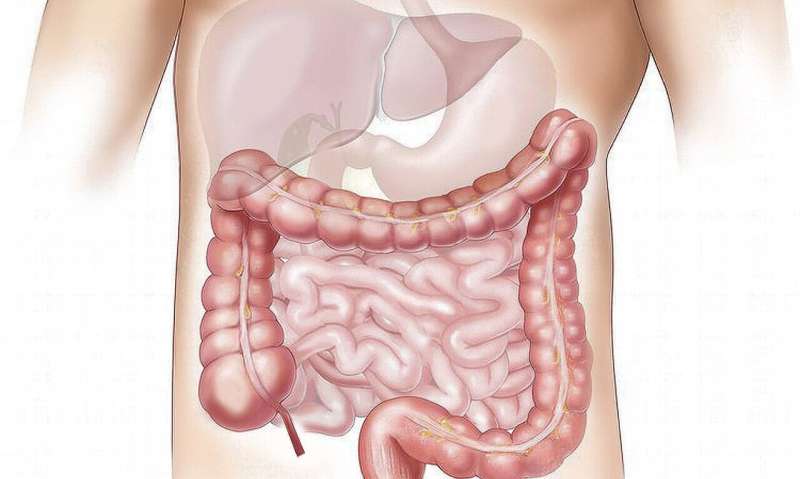Understanding the Causes of Tooth Decay in Children

Early childhood tooth decay is a widespread issue driven by lack of awareness and access to dental care, but early intervention and education can promote healthier smiles in children.
Tooth decay in young children remains a significant health concern, with research from Edith Cowan University (ECU) highlighting the critical role of oral health literacy and access to dental care. Nearly half of Australian preschool-aged children experience early childhood caries, a condition that, if untreated, can lead to severe pain, infections, and loss of teeth. These issues can adversely affect a child's ability to eat and speak properly, impacting their overall development.
Dr. Ruth Wallace, an ECU senior lecturer, emphasized that untreated cavities in children could have lasting effects, emphasizing the importance of maintaining healthy baby teeth, which are essential for proper eating and speech and serve as a foundation for permanent teeth. The presence of decay in primary teeth can also lead to problems in adult dental health.
Research indicates that one of the primary barriers to good oral health is misinformation among parents and caregivers. Many are unaware of proper practices, such as the recommended frequency of brushing or the benefits of flossing for young children. Although most participants recognized that soft drinks and sugar-sweetened beverages pose risks to dental health, fewer understood the dangers of dried fruits or fruit yogurt in pouches.
Inconsistent messaging about oral hygiene and diet further complicates efforts to prevent decay. Studies show that only a quarter of caregivers brush their children's teeth twice daily, and a significant majority do not floss. Introducing healthy habits early is crucial, as evidence suggests that behaviors developed in childhood tend to persist into adulthood, influencing long-term oral and overall health.
To promote better dental health, parents and caregivers should stay informed about recommended practices and utilize available government programs aimed at early childhood dental care. Addressing broader societal factors such as education, income, and language barriers is also essential to improving health outcomes.
Ultimately, tackling childhood tooth decay involves education, access to care, and behavioral change, ensuring children grow up with healthier smiles and better overall well-being.
Source: https://medicalxpress.com/news/2025-07-root-tooth-decay-kids.html
Stay Updated with Mia's Feed
Get the latest health & wellness insights delivered straight to your inbox.
Related Articles
Early Colonoscopy Screening at Age 45 Shows Similar Neoplasia Detection Rates as Older Adults, Supporting New Guidelines
New research supports lowering the age for colonoscopy screenings to 45, showing detection rates similar to older adults and bolstering updated guidelines for colorectal cancer prevention.
Measles Outbreak Expands Along Arizona-Utah Border
A major measles outbreak is spreading along the Arizona-Utah border due to low vaccination rates, with dozens of unvaccinated children affected, marking the highest case numbers since the 1990s. Experts stress the importance of immunization to prevent further spread.
Motivational Support and Text Messaging Strategies Improve Child Car Seat Usage, Study Shows
A clinical trial finds that motivational support combined with text messaging dramatically increases proper child car seat use among parents, enhancing child safety outcomes.
Innovative AI Technology Enhances Skin Cancer Diagnosis in Remote Communities
A groundbreaking AI system developed by Heriot-Watt University aims to transform skin cancer diagnosis in remote regions, enabling early detection with low-cost and independent devices. This innovative approach could revolutionize healthcare access worldwide.



